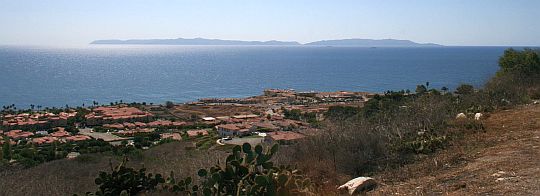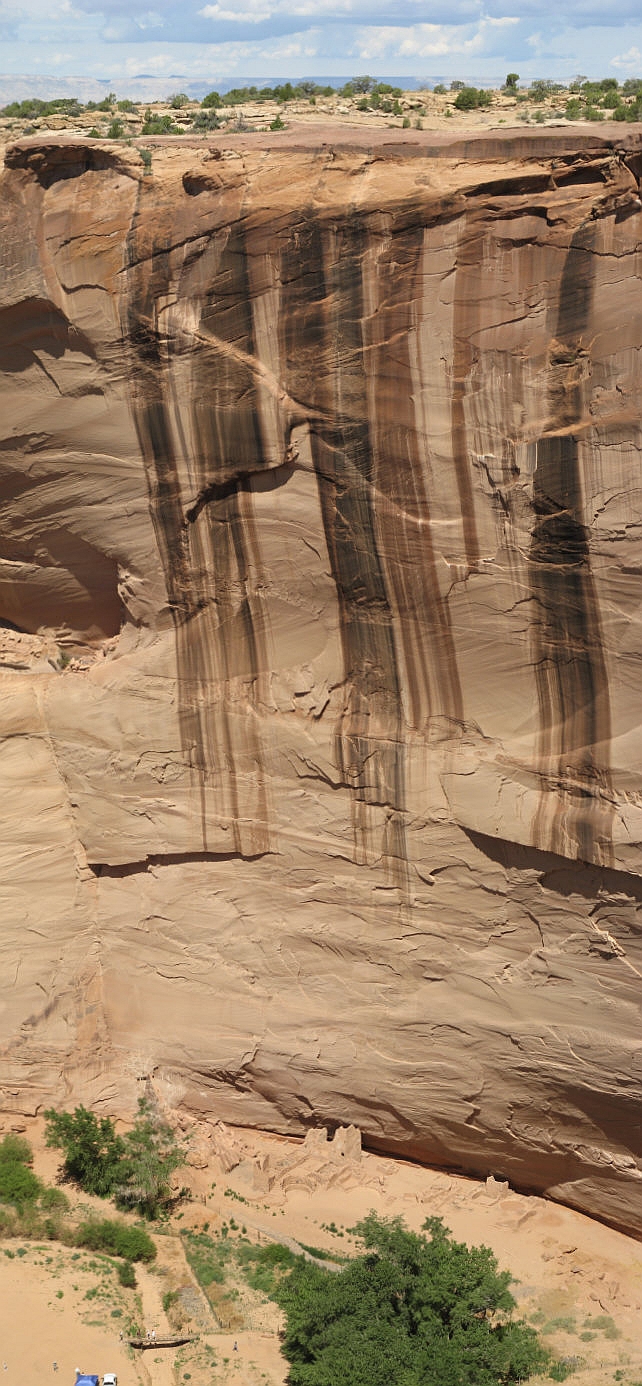We had an interesting and fun time today at the range. At first, it was pretty busy, with most of the lanes occupied with shooters. Later, business seemed to taper off a bit with just us and one other booth occupied. I guess that folks were home watching wild card football playoffs or something.
I snapped three images of the sparsely occupied range and stitched them together to make this panoramic image. Because she moved between the second and third snapshots, Damsel appears to be two people. Click for full-size.
Shooting was great today. We each shot about 100 rounds of .45s using the Glock 30 and the Warthog – which had NO misfeeds today. We also shot a couple of boxes of 9mm through the Glock 26 and S&W 908s. We even shot about 35 rounds of .38 special with Damsel’s S&W 686. To top it off, we shot 25 rounds each of 20 and 12 gauge with the Remington 870s.
We both agree it was a pretty good day of shooting.
Update: Thanks to Robb Allen for his link to this article.








